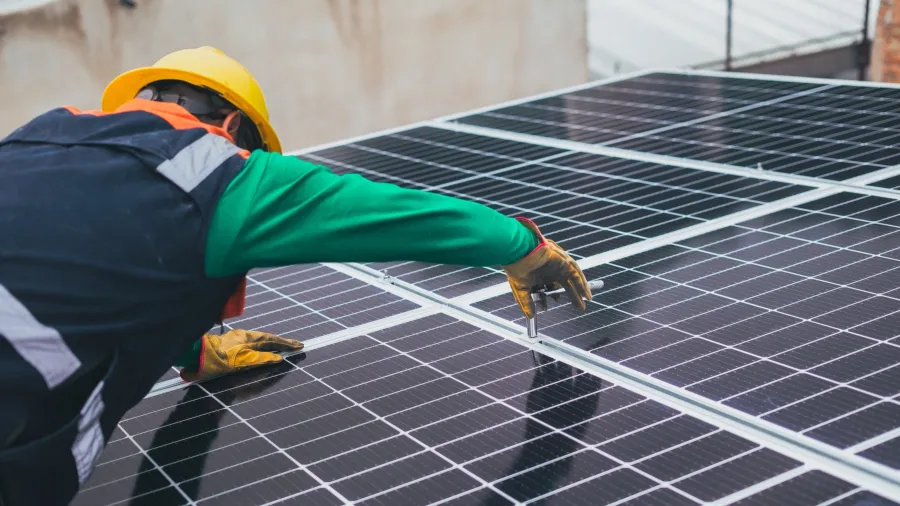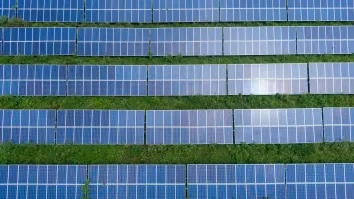
Opposition may cloud India’s new tax on solar
A 25% rate on solar cells and 40% on solar modules will be introduced by April.
Plans of the Indian government to levy solar cells and solar modules with a rate of 25% and 40%, respectively, might face more opposition from the market, Fitch Solutions reported.
The new tax duties, as announced by the Ministry of New and Renewable Energy (MNRE), will take effect on 1 April 2022.
This followed India’s move to remove import tax duties on solar cells and modules from major solar manufacturing markets, such as China and Malaysia, last July.
This is also on top of the import ban on solar panels, which will likewise start on 1 April 2022.
“We believe that this is a move by the government to push for domestic manufacturing of solar equipment. This will reduce India’s vulnerability to supply chain disruptions and subsequent project delays, as this was the case in 2020 due to international trade restrictions arising from the COVID-19 pandemic,” the report read in part.
“WhilST this is largely a positive step to spur the development of solar manufacturing capabilities in India, the market might not be ready for such an aggressive push yet.”
India’s Solar Developers Association and the National Solar Energy Federation have already proposed to postpone the date of effectivity to 1 October 2022.
Fitch, however, argued its postponement will be “unlikely,” considering the MNRE had given a long notice period.
“Overall, we believe these duties will spur an acceleration in domestic manufacturing of solar equipment, amidst minor expressions of discontent from solar power project developers,” it said.
Fitch noted it remains to be seen whether India’s domestic manufacturers can match the number of solar cells the country had imported. In 2021, more than 80% of its solar cells (unassembled), amounting to 604 million units, were imported from China.
Failure of domestic manufacturers of solar equipment to match the quantity and quality the market needs to pose a downside risk to Fitch’s short-term growth forecast, which it noted could be overcome through investments from private companies.
“India is still on the trajectory for strong solar power generation growth, from 93 terawatt-hours (TWh) in 2022 to 221TWh in 2031,” it said.
Fitch had also projected India’s solar power capacity will rise “strongly” to 140 gigawatts (GW) in 2031 with an average annual increase of 11% from 59GW in 2022. This will be driven by government efforts to achieve its ambitious renewables plan as well as the interest of the power sector.



















 Advertise
Advertise







